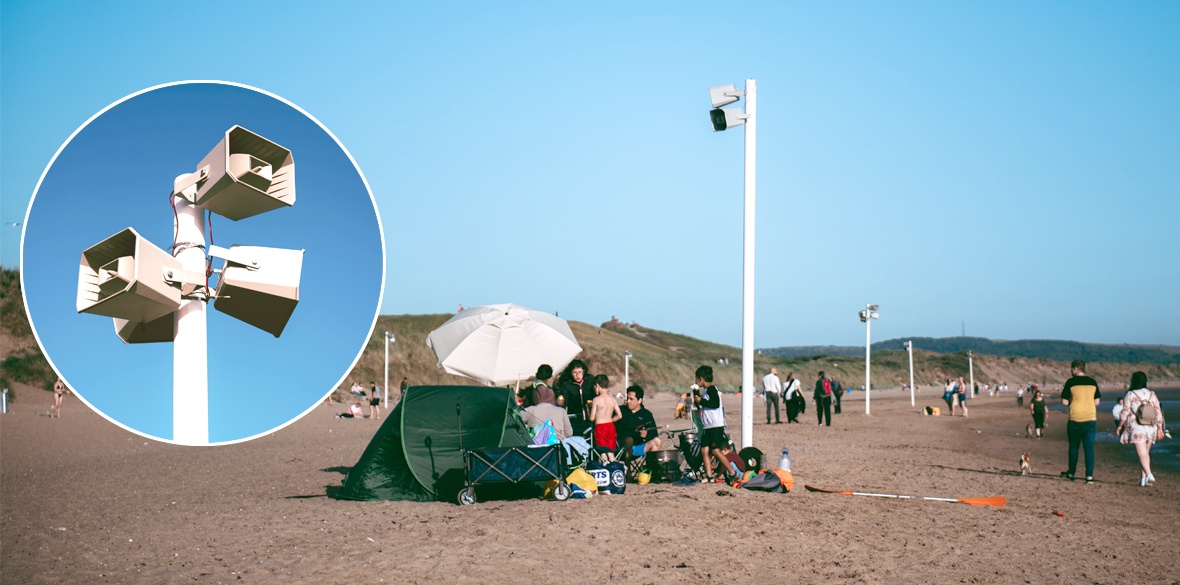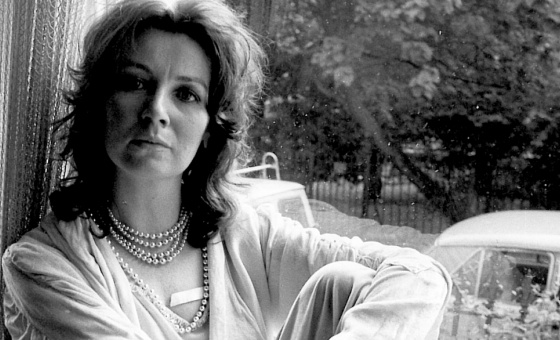This is the last article you can read this month
You can read more article this month
You can read more articles this month
Sorry your limit is up for this month
Reset on:
Please help support the Morning Star by subscribing here
Signal-on-Sea
Irvine Beach
A YOUNG couple scream as they plunge into the water. A flock of seagulls descend on an overturned rubbish bin, surrounded by indifferent teenagers. A family’s picnic, complete with gas stoves and giant folding tables, becomes an object of envy as others struggle against the elements to get their barbecues going.
Close your ears and it could be just another sunny day in Irvine, one of several prime beaches on Scotland’s west coast in easy reach for the working class of the central belt.
But all around are tannoy speakers anchored in the sand, as if the nostalgic comparisons of our present predicament to the beaches of Dunkirk have culminated in a Blitz re-enactment in North Ayrshire.
By the coastguard station, there’s a small assembly of the chattering class, opting to remain relatively socially distanced in this current state of Covid purgatory. Their discomfiture is not aided, presumably, by the fact their G&Ts are alcohol-free.
They are here for the opening night of Signal-on-Sea, a sound installation from the Dutch art duo Strijbos & Van Rijswijk. Before Irvine, the exhibit visited the Austrian city of Graz and Arbos in south-western France, as well as several locations in the Netherlands.
Its creators have taken advantage of a long-running relationship with the Glasgow-based production house Cryptic for its latest incarnation, which forms part of Scotland’s Year of Coasts and Waters. As you wander across the beach, gazing over the sea at the Isle of Arran, you will hear operatic female voices interwoven with a luscious soundscape through 24 long-throw speakers.
Distinguishing between “noise” and “organised sound,” theorist of aesthetics Pete de Bolla argues that “music keeps at bay the sound of the world.” At first sight, what Strijbos & Van Rijswijk are doing here seems to be the opposite: their soundscape mingles with the chatter of bathers and the screeches of seagulls, and interacts with the unpredictable climate both visually and aurally.
On the opening night, one Irvine resident makes persistent enquiries at the drinks reception: she is concerned that the noise will disturb the local horses.
But perhaps this confrontation with the surrounding geography is exactly what “keeping at bay” entails. Strijbos & Van Rijswijk’s sound design, altered and adapted for each location, encourages us to listen in time. “We came up with female voices — they cut through a lot of noises but also they have emotional value,” says Strijbos. “That was the perfect combination we needed to make something like this.”
On the beach, the voices appear to spark a mixture of curiosity and bafflement. “It gets you out of the concentration of where you are,” he says. But does that require a level of self-preparation before we encounter the exhibit? De Bolla argues that “listening with music,” as opposed to “listening to” it, “may only be intermittent, as attention itself flickers on and off, directs itself here and there, moving around the soundscape.”
Signal-on-Sea encourages us to materialise this approach, wandering along the beach between the conflicting and stop-starting siren voices. “We were always very jealous of these big landscape objects that visual arts can do,” Strijbos adds. “With this installation we came up with, you are in the landscape itself. The music is just everywhere.”
Daily, noon-10.30pm, until July 25.
 Conrad Landin
Conrad Landin






